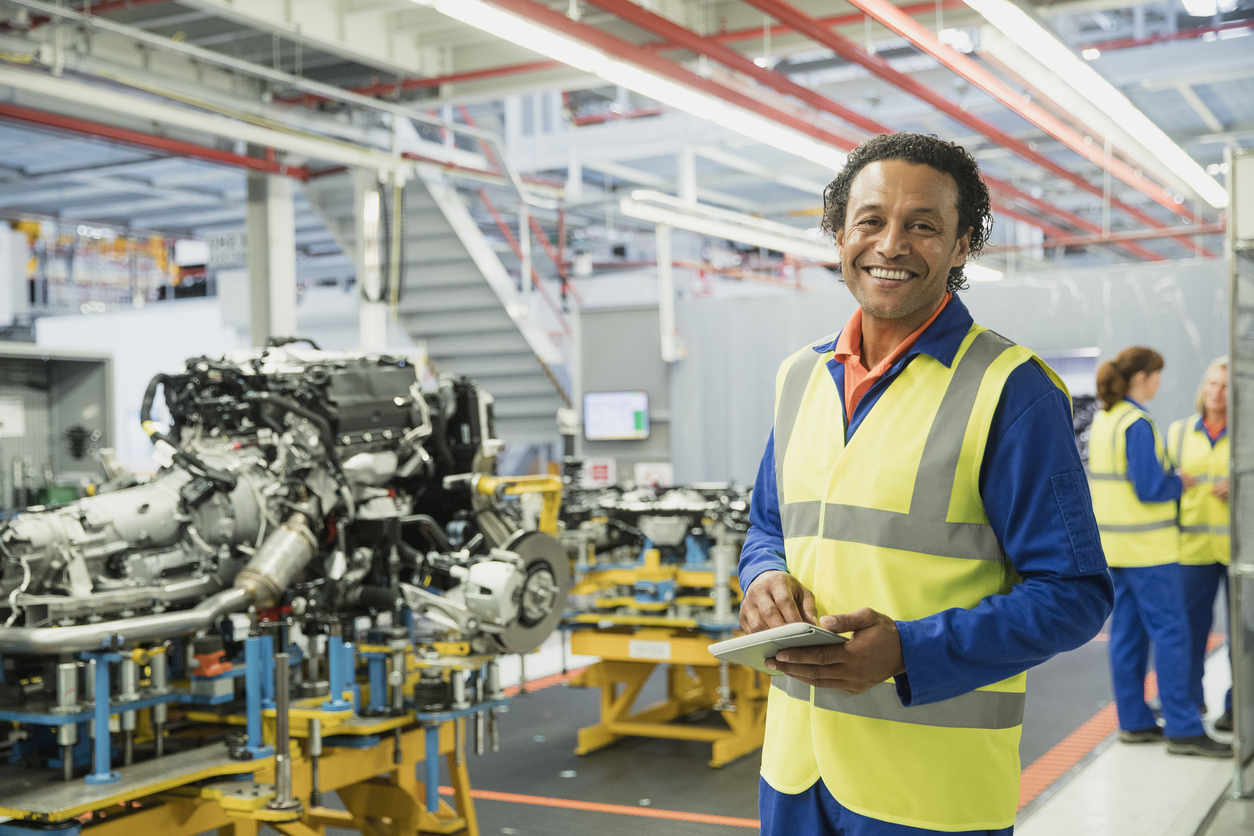Updated 8/16/2022
Highlights
- AutoPacific Group uses VMware SD-WAN to connect a global workforce
- SD-WAN solution expands easily as the company grows
- Simple to separate networks and control access according to business needs
- Remote configuration with zero-touch provisioning brings up new sites quickly
“We’ve got the ability to shop around, and we have definitely saved money dramatically.”
Andy Loughlin, IT Director, AutoPacific Group
Seamless collaboration is the key to any workforce operating smoothly. For AutoPacific Group, an automotive manufacturer, their business was rapidly outgrowing their existing network infrastructure. This industry-leading manufacturer of towing, trailering, and cargo management has around 600 employees across facilities in Australia, New Zealand, and Thailand.
When organizational changes and a distributed, global workforce began to pose new connectivity challenges with their network, AutoPacific turned to trusted VMware partner Coevolve. Coevolve helps their clients take on technology such as SD-WAN, SASE, and multi-cloud solutions.
VMware and Coevolve provide a secure foundation
To simplify management and replace costly MPLS links, Coevolve suggested transitioning to VMware SD-WAN. As the organization continued to grow, its new SD-WAN expanded with it. The solution allowed AutoPacific to appropriately separate data traffic within their network, and more easily control access to various sites based on geographic region.
AutoPacific recently finished migrating all sites to their cloud-based VMware Orchestrator in Sydney, completing their separation from a previous company. They were able to configure the WAN remotely with ease. At one remote site with no IT staff, “We had an accountant plug in a box, then we remotely configured it and brought it up into the WAN,” said Andy Loughlin, IT Director at AutoPacific Group.

Boosting business agility and overall performance
In partnership with Coevolve, AutoPacific uses VMware SD-WAN to gain the control and visibility necessary to operate their network without depending on a carrier. AutoPacific is now able to manage their traffic independently.
“We don’t have a specialized WAN router expert,” said Loughlin, “so it’s really our normal server infrastructure team that are maintaining this. We can make changes on the fly to things like firewall rules, business policies that control how traffic is sent around the network, whether it breaks out directly from a site or we want it to go through a gateway. All of that would have previously been a ticket into our MPLS provider, requiring time and expenses to get changes made.”
SD-WAN also helped AutoPacific save money by allowing them to choose carrier services that align with their business needs. “Since migrating to VMware SD-WAN, the performance of our Internet links has gotten better and better, and the bang for the buck has improved. In the past, we often felt that we all needed our own dedicated bandwidth, because we didn’t trust the Internet to carry our business-critical traffic. We don’t see an issue at all now,” said Loughlin.
The new WAN infrastructure has increased overall performance, and supported the communication applications necessary for effective collaboration. Loughlin stated that in the past, from an IT perspective, there was almost no collaboration within the company. Many employees had never met their colleagues from other parts of the world, and they had legacy sites in Europe and Africa that were hosted in Australia. Now, with a more reliable and speedy network, they can transmit data between countries in an instant.
Together, VMware and Coevolve have helped AutoPacific establish a flexible, scalable infrastructure model that can expand as fast as the company does. To learn more, read the full case study here.






